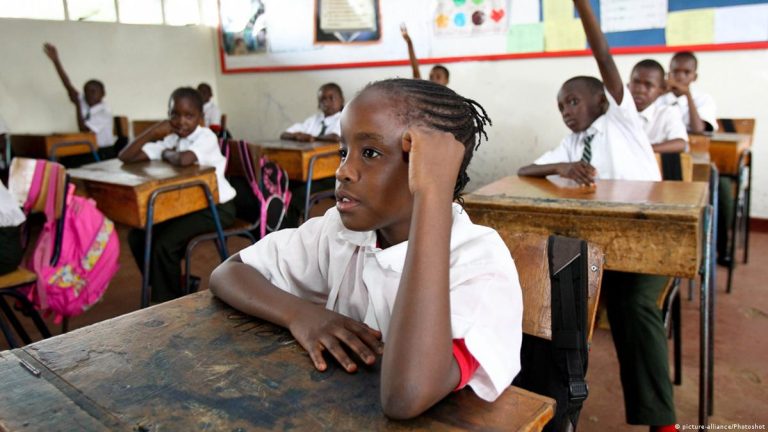Reproduction in Bacteria -Biology -WAECGCE Questions 2025+Hot Topics. Get the Expo
Reproduction in bacteria is mostly asexual, meaning only one parent cell is needed, and the offspring are genetically identical to the parent (clones). Here’s a breakdown:
1. Main Method of Reproduction in Bacteria
-
Binary Fission (the most common method)
-
The bacterial cell grows in size.
-
The DNA (chromosome) replicates.
-
The cell membrane and wall pinch inward.
-
The cell splits into two identical daughter cells.
-
⚡ Time: Some bacteria (like E. coli) can divide every 20 minutes under favorable conditions.
2. Other Methods of Reproduction in Bacteria
Although binary fission is the main type, bacteria can also exchange or recombine genetic material through genetic recombination processes:
-
Conjugation
-
A donor bacterium transfers DNA to a recipient through a pilus (sex pilus).
-
This increases genetic variation.
-
-
Transformation
-
A bacterium takes up free DNA fragments from its environment (e.g., from dead bacteria).
-
-
Transduction
-
Bacteriophages (viruses that infect bacteria) transfer DNA from one bacterium to another.
-
3. Importance of Bacterial Reproduction
-
Rapid population growth – helps bacteria colonize quickly.
-
Adaptation – genetic recombination allows bacteria to survive harsh conditions.
-
Antibiotic resistance – often spreads through conjugation and transformation.
2025+Hot Topics. Get the Expo
The below topics are the evergreen topics you must explore in biology if you want to excel and blast the 2025 questions and make sure you understand them in details and if you want a well prepared handout based on these topics and expected questions get in touch with us on: 08102326329/08076206066 or through our WhatsApp icon beside this page you are check it.
- Metamorphosis
- Developmental stages of insects (spider)
- Adaptation
- Digestive system
- Genetics
- Ecology
- Reproduction in bacteria
- Transition
- Evolution
- DNA/RNA
- Photosynthesis
- Sense organs and their functions.
- Transpiration
Summary:
Bacteria reproduce mainly by binary fission (asexual), but they also exchange genetic material by conjugation, transformation, and transduction, which helps them adapt and evolve.






